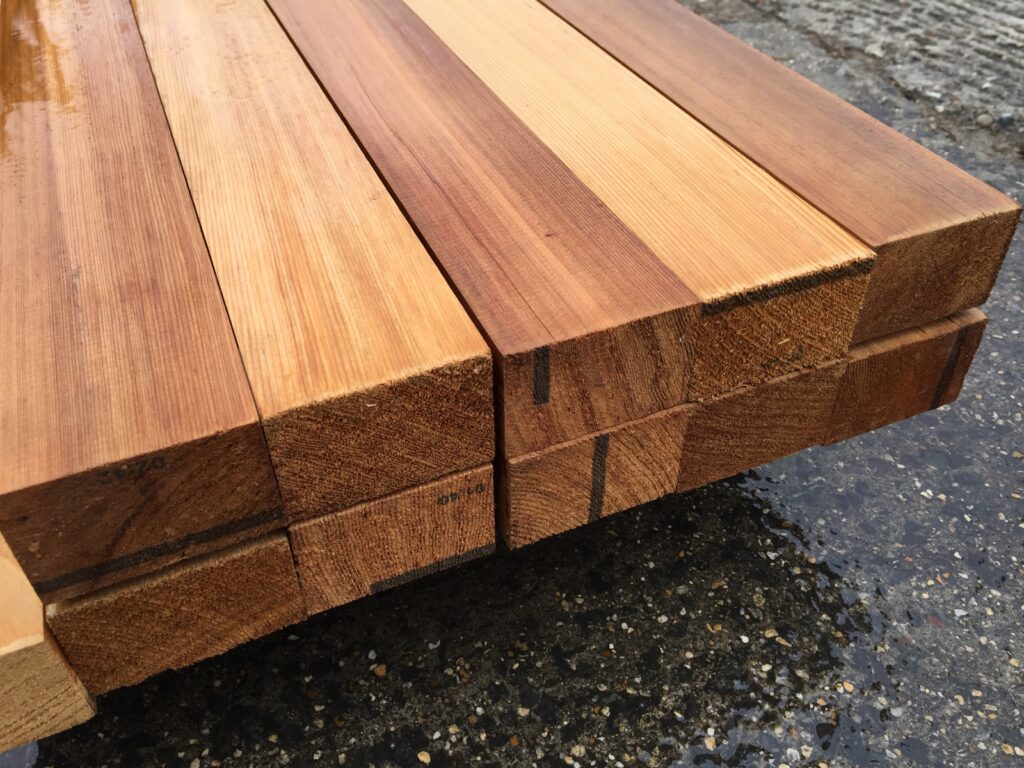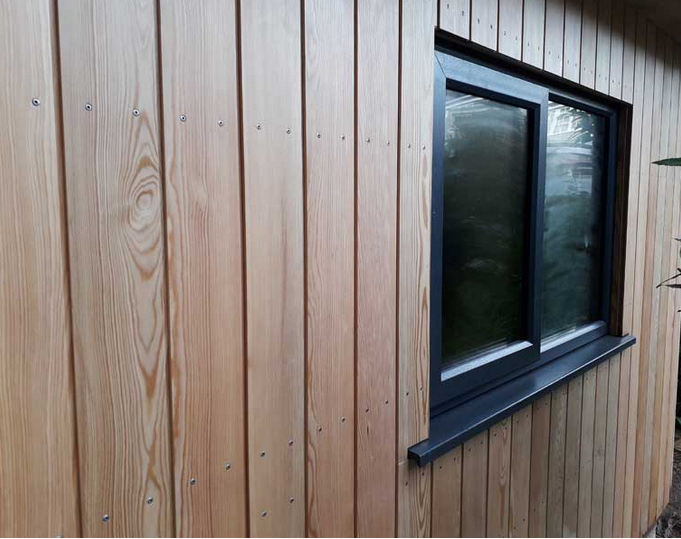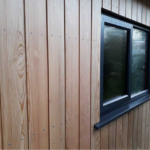Siberian Larch Wood stands as a paragon of durability, versatility, and elegance in the realm of timber. Renowned for its exceptional properties and a myriad of applications, this timber variety has carved a niche for itself in both residential and commercial construction projects. In this comprehensive guide, we delve into the intricacies of Siberian Larch Wood, exploring its properties, durability factors, and diverse range of uses.
Table of Contents
Understanding Siberian Larch Wood: An Overview
Siberian Larch, scientifically known as Larix sibirica, hails from the vast expanses of Siberia, Russia. Characterized by its distinct pale yellow to reddish-brown hue, Siberian Larch boasts an unparalleled aesthetic appeal that adds warmth and character to any architectural design. Its straight grain and fine texture further contribute to its visual allure, making it a coveted choice among architects, designers, and homeowners alike.
Properties of Siberian Larch Wood
1. Durability:
Siberian Larch Wood is celebrated for its exceptional durability, owing to its high resin content and natural resistance to decay and rot. This inherent resilience makes it particularly well-suited for outdoor applications, such as decking, cladding, and fencing, where exposure to the elements is inevitable. With proper maintenance, Siberian Larch Wood can withstand the test of time, retaining its structural integrity and aesthetic appeal for decades to come.

2. Density and Hardness:
Despite its remarkable durability, Siberian Larch Wood is relatively lightweight compared to other hardwoods, making it easier to work with and transport. However, don’t let its lightweight nature deceive you—this timber variety boasts impressive hardness and density, ensuring stability and longevity in various construction applications.
3. Moisture Resistance:
One of the standout features of Siberian Larch Wood is its innate resistance to moisture and fungal decay. This makes it an ideal choice for environments prone to high humidity levels or frequent exposure to water, such as coastal regions or areas with heavy rainfall. Whether used for exterior siding or interior flooring, Siberian Larch Wood maintains its structural integrity and aesthetic appeal, even in the face of moisture-related challenges.
Durability Factors
1. Heartwood vs. Sapwood:
Siberian Larch Wood comprises both heartwood and sapwood, each with distinct characteristics that influence its durability. While heartwood, found at the core of the tree, offers superior resistance to decay and insect damage, sapwood, located closer to the bark, is more susceptible to these threats. Proper treatment and maintenance can mitigate potential vulnerabilities, ensuring long-lasting performance and longevity.
2. Natural Oils and Resins:
Rich in natural oils and resins, Siberian Larch Wood possesses inherent preservative properties that enhance its resistance to decay, insects, and fungal growth. These natural extracts imbue the timber with unparalleled durability, making it an ideal choice for outdoor structures, where exposure to moisture and environmental stressors is inevitable.
Uses of Siberian Larch Wood
1. Outdoor Applications:
From decking and cladding to fencing and landscaping, Siberian Larch Wood reigns supreme in outdoor construction projects. Its exceptional durability, natural beauty, and moisture resistance make it the go-to choice for architects and builders seeking premium timber solutions for exterior applications. Whether crafting a contemporary deck or a rustic pergola, Siberian Larch Wood delivers unmatched performance and aesthetics.
2. Interior Design:
Beyond its prowess in outdoor settings, Siberian Larch Wood finds its way into interior spaces, adding warmth, sophistication, and timeless charm to residential and commercial interiors alike. From hardwood flooring and wall paneling to cabinetry and furniture, this versatile timber variety lends itself to a myriad of interior design applications, infusing spaces with natural elegance and character.
Conclusion
Siberian Larch Wood stands as a testament to the enduring beauty and resilience of natural timber. With its exceptional properties, unparalleled durability, and versatile range of uses, it continues to captivate architects, designers, and homeowners worldwide. Whether gracing the facade of a modern skyscraper or adorning the floors of a cozy cabin, Siberian Larch Wood remains a timeless choice for those who seek quality, craftsmanship, and enduring beauty in their architectural endeavors.













